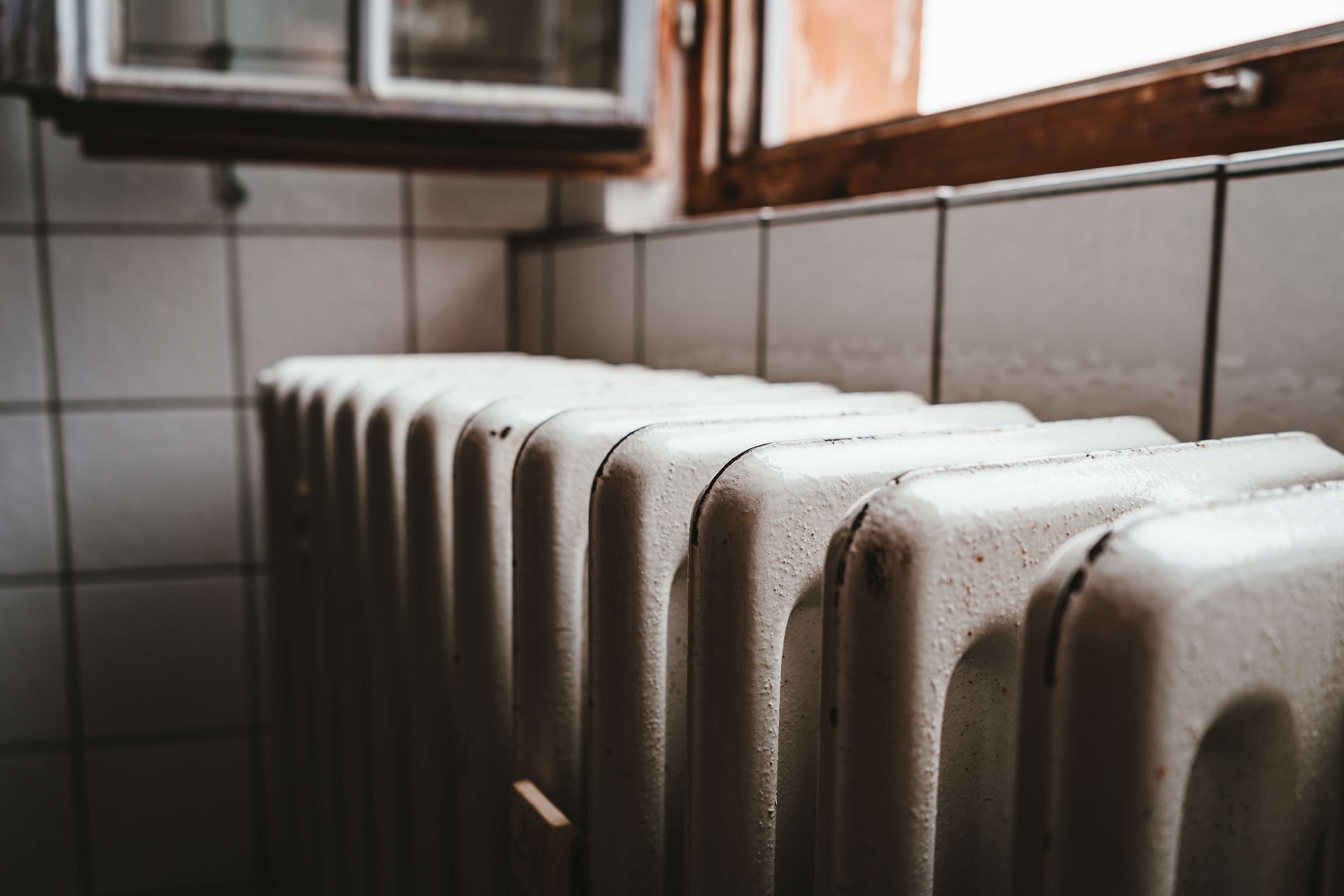Home radiators have come a long way since their inception in the 19th century. These heating devices have become an essential part of modern homes, providing warmth and comfort during the colder months.
If you’re considering installing radiators in your home or want to learn more about how they work, this article will provide you with everything you need to know about home radiators.
Contents
What Are Home Radiators?
Home radiators are heating devices that are used to warm the air in a room or space. They are typically made of metal, such as cast iron or steel, and are connected to a central heating system. Radiators work by transferring heat from hot water or steam that flows through pipes to the surrounding air in a room, thus raising the temperature of the room and making it comfortable to live in during colder weather.
Types of Home Radiators
There are several types of radiators available for home use, each with its own advantages and disadvantages. Some of the most common types of radiators include:
Conventional Radiators
These are the traditional radiators that most people are familiar with. They consist of a metal panel with fins or convection tubes that heat up and warm the air around them. Conventional radiators can be wall-mounted or free-standing and are available in various sizes, styles, and materials, making them a versatile choice for many homes.
Baseboard Radiators
These radiators are installed along the baseboard of a room and are typically longer and narrower than conventional radiators. Baseboard radiators are known for their sleek design and can blend well with modern home interiors. They work by convection, with cool air entering from the bottom and warm air rising from the top.
Radiator Panels
Radiator panels are slim, flat, and discrete heating panels that can be mounted on walls or ceilings. They are typically made of aluminum and use radiant heat to warm a room. Radiator panels are energy-efficient and ideal for small spaces or for those who prefer a minimalist aesthetic.
Towel Radiators
These radiators are commonly used in bathrooms and serve a dual purpose of warming the room and drying towels. They are typically installed vertically and have multiple horizontal bars for hanging towels. Towel radiators are available in various styles, materials, and sizes, making them a popular choice for bathrooms.
How do Home Radiators Work?
Home radiators work by using a heat source, typically hot water or steam, to transfer heat to the surrounding air. Radiators are connected to a central heating system, which consists of a boiler or a furnace that heats the water or generates steam. The hot water or steam then flows through pipes and enters the radiator, where it heats the metal panel or fins. As the metal heats up, it radiates heat to the surrounding air, warming up the room.
In the case of convection-based radiators, the heated metal panel or fins warm up the air around them, causing it to rise and creating a natural convection current. The warm air rises, and as it cools, it sinks back down, creating a continuous cycle of warm air rising and cool air sinking. This helps to distribute heat evenly throughout the room.
Baseboard radiators work similarly, with cool air entering from the bottom and warm air rising from the top. The metal panel along the baseboard heats up, warming the air around it, which then rises and heats the room.
Radiator panels use radiant heat, which warms objects and surfaces in the room directly. The panels emit infrared radiation, which is absorbed by objects and surfaces in the room, including walls, floors, and furniture, warming them up and creating a comfortable environment.
Towel radiators work by heating the horizontal bars, which in turn warm the towels hung on them while also warming the surrounding air in the bathroom.
Installation and Maintenance
Installation of home radiators typically requires professional expertise, as it involves connecting to a central heating system and ensuring proper placement and alignment for optimal performance. Radiators should be installed on an exterior wall, as this allows for efficient heat distribution to the rest of the room. Baseboard radiators, towel radiators, and radiator panels can also be installed on interior walls if needed.
Maintenance of home radiators is relatively simple. Regular cleaning of the radiator surface and fins can help prevent dust and debris buildup, which can reduce their efficiency. Bleeding the radiators, which involves releasing any trapped air from the system, may also be necessary to maintain optimal performance. It’s important to follow the manufacturer’s instructions or consult with a professional for proper maintenance and care of your specific radiator type.
Energy Efficiency
Home radiators can be energy-efficient, as they allow for zoned heating, which means you can control the temperature of individual rooms, avoiding wasted energy on rooms that are not in use. Additionally, newer radiators are designed with energy-efficient features such as improved insulation, adjustable thermostats, and timers, which can help reduce energy consumption and lower heating bills.
When choosing a radiator, look for models with a higher energy efficiency rating, as these are designed to be more effective in heating your home while using less energy. Proper insulation of your home, including windows, walls, and doors, can also contribute to the overall energy efficiency of your heating system, including radiators.
Safety Considerations
As with any heating system, safety is a top priority when it comes to home radiators. Radiators can become hot during operation, and caution should be exercised to prevent burns or accidents, especially if you have children or pets at home. Avoid placing flammable objects or furniture too close to radiators, and always use radiator covers or guards to prevent accidental contact with the hot surface.
It’s also important to ensure that your radiator is installed and maintained properly by a professional to avoid any potential safety hazards. Regular inspection of the radiator and its connections, as well as checking for any signs of leaks or damage, can help identify and address any issues early on.
In Conclusion
Home radiators are a reliable and effective heating solution for many homes, providing warmth and comfort during colder months. With various types, styles, and materials available, you can choose a radiator that fits your home’s needs and aesthetics. Understanding how radiators work, proper installation, maintenance, energy efficiency, and safety considerations are essential for optimal performance and safety.
If you’re considering installing radiators in your home or have an existing radiator system, consulting with a professional can provide you with expert advice and guidance on the best practices for your specific situation. With the right care and maintenance, home radiators can efficiently and effectively keep your home warm and comfortable for years to come.



